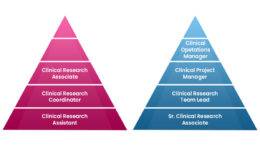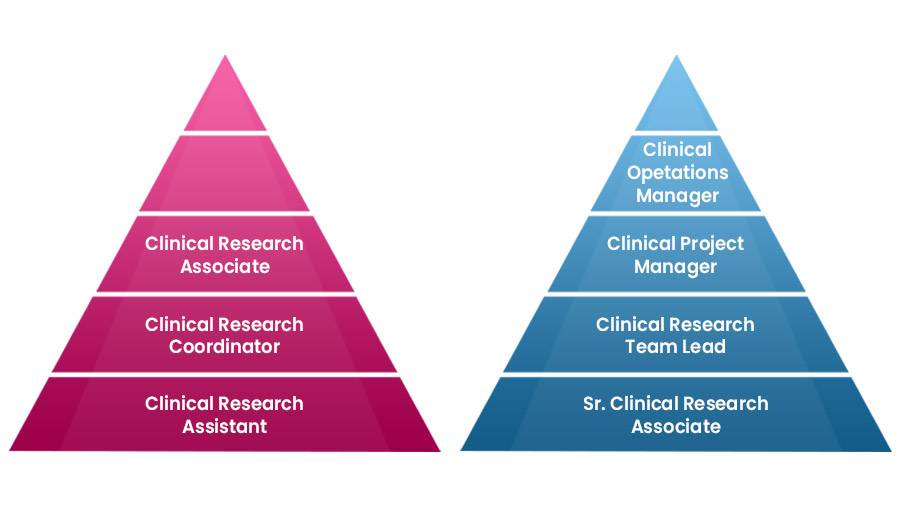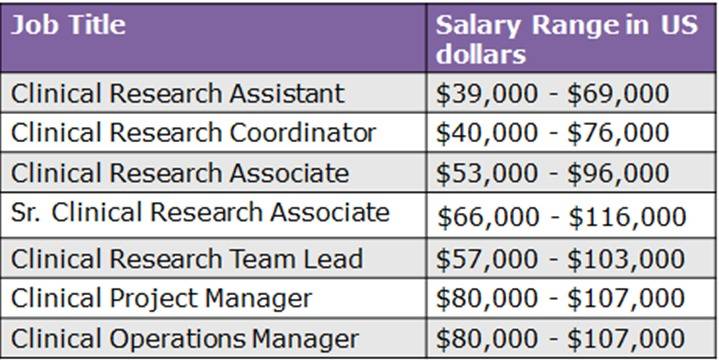Generative AI can now use technology to write code, create art, write coherent paragraphs, and even help scientists with clinical research. What is generative AI, though, and how has it developed? What part can it play in clinical research? Let’s investigate more!
How does generative AI work?
- An autonomous form of artificial intelligence referred to as “generative AI” can translate text into images and write texts by itself.
- By learning from existing data and using that knowledge to create fresh, innovative content out of that data, generative AI has the potential to be applied to a range of tasks, such as storytelling or graphic design, as well as many other tasks.
Creation of generative AI
- Generative AI was initially developed using fundamental forms.
- It could only generate single sentences and suggest a few random words using outdated machine learning algorithms.
Deep learning and neural network applications
- Artificial intelligence has progressed rapidly since the development of deep learning and neural networks, which mimic the functions of the human brain.
- AI models have demonstrated far greater efficacy in learning from data.
What’s to Come
- Generative AI is an exciting technology, but just beginning to explore its possibilities. The human brain is very similar in that regard, as its potential isn’t fully explored yet.
- Generative AI can only provide meaningful and consistent responses if you ask the right questions or provide the right prompts.
- With the knowledge of AI, the experts are able to provide precise and pertinent answers when dealing with AI.
Clinical Research’s Use of Generative AI
Particularly in the areas of clinical research and trials, generative AI has the potential to transform the healthcare sector completely. It can have a major influence in the following areas:
- Test data generation
- Drug discovery
- Patient recruitment
- Document generation
- Generating SAS Programs
- Monitoring and reporting
Summary
- A significant amount of progress has been made in generative AI since its humble beginnings.
- With its constantly developing capabilities, it holds out the possibility of a time when machines will be able to support human creativity and problem-solving in previously unheard-of ways.
- Particularly intriguing are the possible uses in clinical research and trials, which offer quicker, more effective, and morally sound medical solutions.




